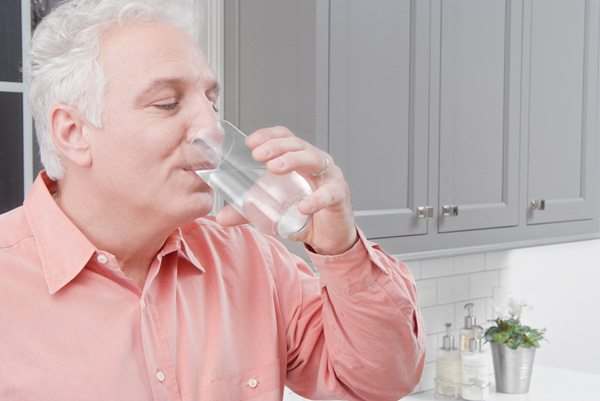One of the most common questions about water softeners is how much salt or sodium is added to my water. Generally it’s much less than people think. There is a very simple formula to calculate how much salt it added to the water.
Grains of hardness (gpg) x 1.89 = mg added to an 8oz glass of water. If your water is 15 grains hard you would have about 28 milligrams (mg) of added sodium in the water.
Grains per gallon (gpg) is the measurement used to calculate hardness and the scale goes as follows:
Less than 1 Grain Soft
1.0 to 3.5 Moderately Hard
3.5 to 7.0 Hard
7.0 to 10.5 Extremely Hard
If your water is 15 grains hard then you would have about 28 milligrams (mg) of added sodium in the water.
Even for people who are on a low sodium diet this amount of salt shouldn’t be a problem. Most of the sodium we eat comes from processed foods and table salt. If you compare the amount of sodium already contained in foods we think of as having low amounts of salt the amount added by a water softener is very low. As an example, an 8oz glass of milk will contain 125mg of sodium and a slice of white bread will have about 120 mg.
To find out how hard your water is contact a water softening company and they can test it for you, or contact you local city water department and they can tell you the number of grains per gallon of hardness you have in your water.
For those who don’t want to drink soft water there are a couple of solutions. The first is to install a water purifier that will remove the sodium. Reverse osmosis is the most effective method. Another option is to bypass the drinking water in the kitchen so it remains hard water.
Soft water is simply water that is free of calcium and magnesium. A water softener works by removing the hard minerals and replaces them with sodium through a process known as ion exchange.

